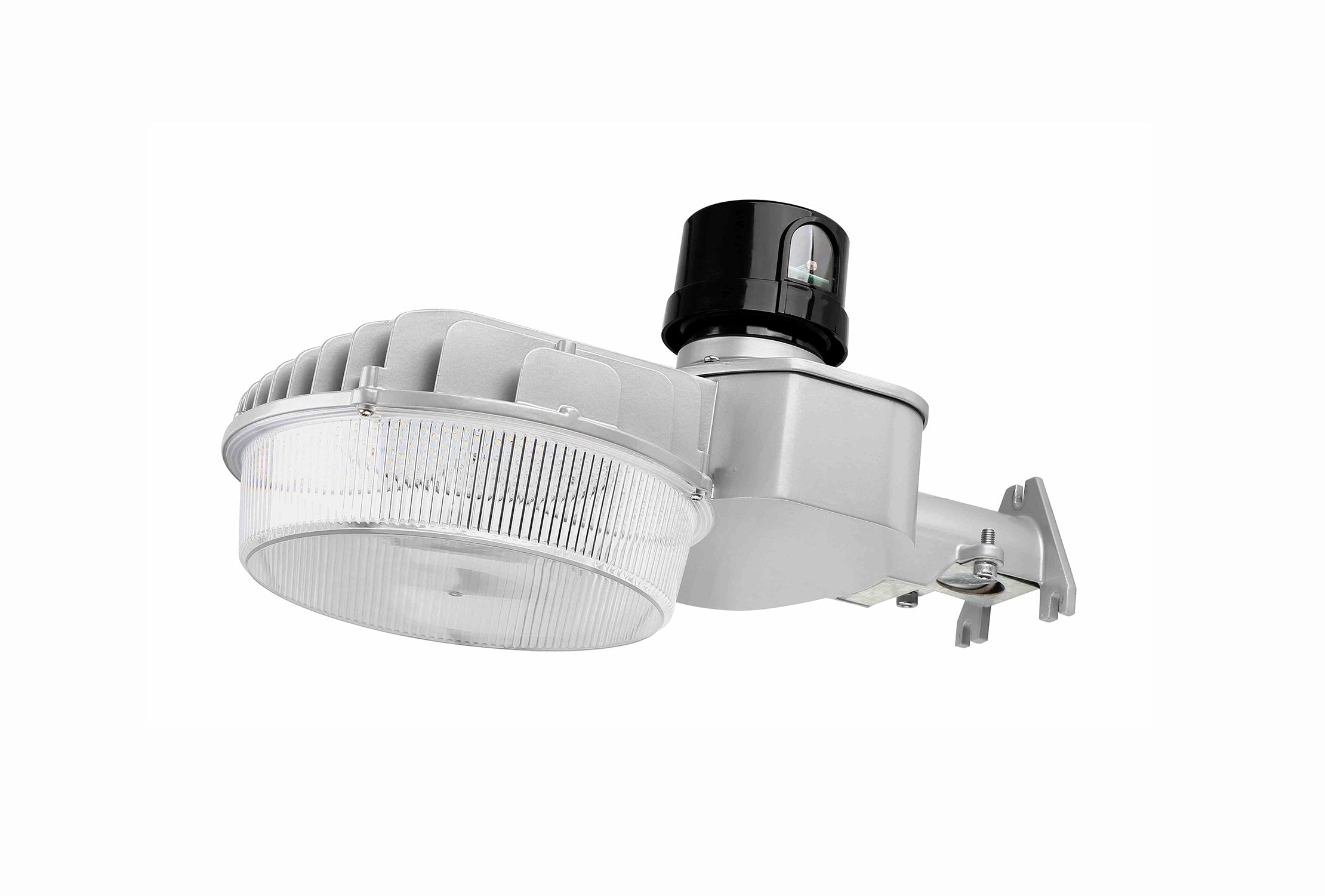Features of LED Flood Lights
LED flood lights come equipped with several features that enhance their performance and usability:- High Lumen Output: LED flood lights offer a higher lumen output per watt compared to traditional lighting solutions, ensuring bright illumination even in expansive areas.
- Energy Efficiency: These fixtures consume significantly less power, leading to lower electricity bills and a reduced carbon footprint.
- Durable Construction: Built with robust materials, LED flood lights are designed to withstand harsh weather conditions, making them suitable for outdoor use.
- Long Lifespan: With a lifespan of up to 50,000 hours, LED flood lights require less frequent replacements, minimizing maintenance costs.
- Adjustable Beam Angles: Many models allow users to adjust the beam angle, providing flexibility in directing light where it is needed most.
- Environmentally Friendly: Free from toxic elements like mercury and lead, LED flood lights are a safer choice for both the environment and human health.
Applications of LED Flood Lights
LED flood lights are versatile and can be used in a variety of settings:- Security Lighting: Ideal for illuminating driveways, parking lots, and building perimeters, enhancing safety by eliminating dark spots that may attract intruders.
- Architectural Lighting: Used to highlight the beauty of buildings and monuments at night, creating stunning visual effects that enhance the aesthetic appeal of structures.
- Sports Venues: Essential for illuminating fields and arenas during nighttime events, ensuring players and spectators have clear visibility.
- Construction Sites: Provide necessary lighting for work areas, improving safety and productivity during nighttime operations.
- Public Spaces: Effective in parks, playgrounds, and outdoor recreational areas where safety is a priority after dark.
- Event Lighting: Commonly used for outdoor events and performances to create vibrant atmospheres.
Advantages of LED Flood Lights
The benefits of using LED flood lights extend beyond their functionality:- Cost Savings: The energy efficiency of LED technology translates into significant savings on electricity bills over time.
- Low Maintenance: With their long lifespan and durability, these fixtures require less frequent replacements and maintenance efforts.
- Enhanced Safety: Bright lighting improves visibility in outdoor areas, reducing the risk of accidents and increasing security.
- Versatility: Suitable for various applications, from residential gardens to large commercial properties, making them a flexible lighting solution.
User Experience with LED Flood Lights
Users often report high satisfaction with LED flood lights due to their effectiveness and reliability. Many appreciate the instant brightness provided by LEDs compared to traditional bulbs that may take time to warm up. The ability to adjust the beam angle allows users to customize their lighting setup according to specific needs. Additionally, the eco-friendly nature of LEDs resonates well with environmentally conscious consumers.Choosing the Right CCT and Lumens
Selecting the appropriate color temperature (CCT) and lumen output is crucial for optimizing your lighting setup:-
Determine Purpose:
- For security purposes or bright visibility in commercial settings, cooler color temperatures (5000K) are recommended as they mimic daylight.
- For residential areas or creating a warm ambiance in gardens or patios, warmer temperatures (3000K) are ideal.
-
Assess Area Size:
- Calculate the total lumens needed based on the size of the area being illuminated. Larger spaces may require higher lumen outputs (e.g., 10,000 lumens or more) for adequate coverage.
-
Consider Fixture Placement:
- Evaluate how far apart fixtures should be placed for optimal light distribution. This will influence both the number of fixtures needed and their lumen ratings.
-
Energy Efficiency Goals:
- Consider how much energy savings you want to achieve. Higher wattage fixtures may offer more lumens but can also lead to increased energy costs if not managed properly.
Future Trends in LED Flood Lights
The future of LED flood lights is promising as technology continues to evolve:- Smart Lighting Integration: More products will feature connectivity options that allow users to control their lighting remotely via smartphones or smart home systems.
- Increased Customization: Future models may offer more options for adjustable CCTs and lumen outputs tailored to specific user preferences.
- Sustainability Focus: As environmental concerns grow, manufacturers will likely develop even more eco-friendly materials and energy-efficient technologies.






